Biang biang noodles, a beloved staple of Chinese cuisine, have garnered a loyal following around the world for their unique texture and delicious taste. These wide, hand-pulled noodles are a true culinary delight, offering a satisfying chewiness that pairs perfectly with a variety of sauces and toppings. From humble beginnings as a simple street food in the Shaanxi province of China to their current status as a global sensation, biang biang noodles have come a long way in capturing the hearts and taste buds of food enthusiasts everywhere. The origins of biang biang noodles can be traced back to the city of Xi’an, where they are said to have been created by a chef seeking to provide a hearty and filling meal for laborers working on the region’s canals. The noodles were named after the sound they make when they are hand-pulled and slapped against the countertop—a process that gives them their distinctive width and thickness. Over time, biang biang noodles have evolved to become a symbol of the rich culinary heritage of Shaanxi province, with countless variations and preparations to suit every palate.

.
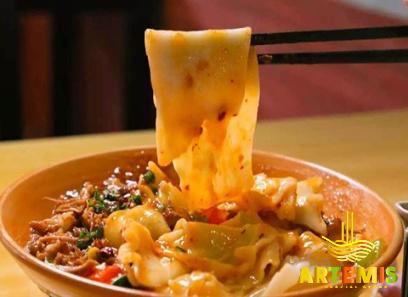 One of the most popular ways to enjoy biang biang noodles is to pair them with a savory and aromatic sauce. Whether it’s a spicy and tangy Sichuan-style sauce or a rich and meaty broth, the robust flavor of biang biang noodles makes them the perfect canvas for a wide range of toppings and condiments. Common additions to biang biang noodles include thinly sliced pork, fragrant garlic, crunchy peanuts, and a drizzle of chili oil for an extra kick of heat. In addition to their delicious taste and satisfying texture, biang biang noodles are also a versatile ingredient that can be used in a variety of dishes. From stir-fries and soups to salads and casseroles, these noodles can be incorporated into countless recipes to add a unique twist and a hearty dose of comfort. Their ability to absorb flavors and hold up well to cooking makes them a favorite among chefs and home cooks alike, ensuring that they will remain a beloved ingredient for years to come.
One of the most popular ways to enjoy biang biang noodles is to pair them with a savory and aromatic sauce. Whether it’s a spicy and tangy Sichuan-style sauce or a rich and meaty broth, the robust flavor of biang biang noodles makes them the perfect canvas for a wide range of toppings and condiments. Common additions to biang biang noodles include thinly sliced pork, fragrant garlic, crunchy peanuts, and a drizzle of chili oil for an extra kick of heat. In addition to their delicious taste and satisfying texture, biang biang noodles are also a versatile ingredient that can be used in a variety of dishes. From stir-fries and soups to salads and casseroles, these noodles can be incorporated into countless recipes to add a unique twist and a hearty dose of comfort. Their ability to absorb flavors and hold up well to cooking makes them a favorite among chefs and home cooks alike, ensuring that they will remain a beloved ingredient for years to come.
..
 In recent years, biang biang noodles have gained popularity not only for their taste and texture but also for their Instagram-worthy aesthetic. The wide, hand-pulled noodles draped over a bowl or plate, glistening with savory sauce and colorful toppings, make for a visually appealing dish that is as delightful to photograph as it is to eat. Food bloggers and social media influencers have helped spread the word about biang biang noodles, generating buzz and curiosity among a new generation of food enthusiasts eager to explore the world of Chinese cuisine. For those seeking to incorporate biang biang noodles into their culinary repertoire, bulk purchase options are available from select suppliers and specialty stores. By buying in larger quantities, home cooks and restaurateurs alike can enjoy cost savings and ensure a steady supply of these beloved noodles for all their cooking needs. Whether preparing a feast for a crowd or simply stocking up on pantry staples, purchasing biang biang noodles in bulk is a convenient and economical choice that allows for endless culinary experimentation and creativity in the kitchen.
In recent years, biang biang noodles have gained popularity not only for their taste and texture but also for their Instagram-worthy aesthetic. The wide, hand-pulled noodles draped over a bowl or plate, glistening with savory sauce and colorful toppings, make for a visually appealing dish that is as delightful to photograph as it is to eat. Food bloggers and social media influencers have helped spread the word about biang biang noodles, generating buzz and curiosity among a new generation of food enthusiasts eager to explore the world of Chinese cuisine. For those seeking to incorporate biang biang noodles into their culinary repertoire, bulk purchase options are available from select suppliers and specialty stores. By buying in larger quantities, home cooks and restaurateurs alike can enjoy cost savings and ensure a steady supply of these beloved noodles for all their cooking needs. Whether preparing a feast for a crowd or simply stocking up on pantry staples, purchasing biang biang noodles in bulk is a convenient and economical choice that allows for endless culinary experimentation and creativity in the kitchen.
…
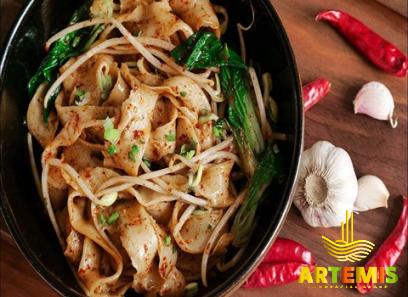 In conclusion, biang biang noodles are more than just a dish—they are a culinary experience that celebrates tradition, flavor, and creativity in equal measure. From their humble beginnings as a street food favorite to their current status as a global sensation, these hand-pulled noodles have earned a special place in the hearts and stomachs of food lovers everywhere. Whether enjoyed at a bustling noodle shop in Xi’an or prepared with love in a home kitchen halfway around the world, biang biang noodles offer a taste of Chinese culinary heritage that is as rich and satisfying as the noodles themselves. So go ahead, take a bite, and savor the deliciousness of biang biang noodles—it’s a journey worth taking, one chewy strand at a time.
In conclusion, biang biang noodles are more than just a dish—they are a culinary experience that celebrates tradition, flavor, and creativity in equal measure. From their humble beginnings as a street food favorite to their current status as a global sensation, these hand-pulled noodles have earned a special place in the hearts and stomachs of food lovers everywhere. Whether enjoyed at a bustling noodle shop in Xi’an or prepared with love in a home kitchen halfway around the world, biang biang noodles offer a taste of Chinese culinary heritage that is as rich and satisfying as the noodles themselves. So go ahead, take a bite, and savor the deliciousness of biang biang noodles—it’s a journey worth taking, one chewy strand at a time.

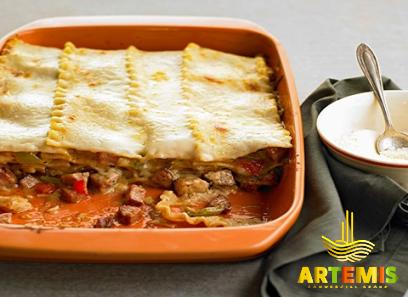
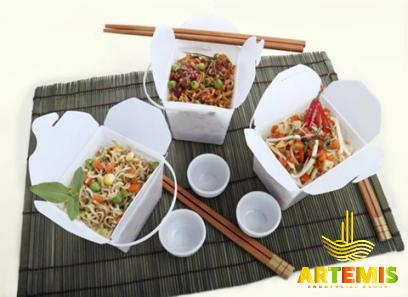
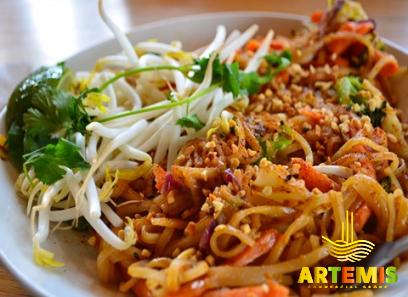
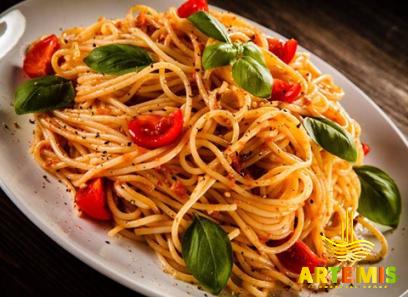
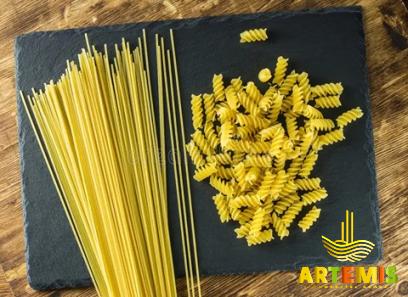
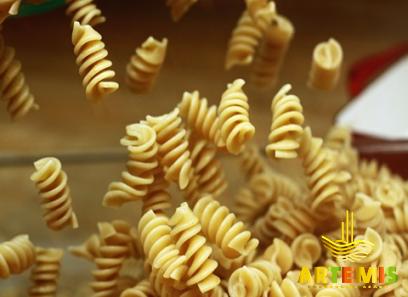

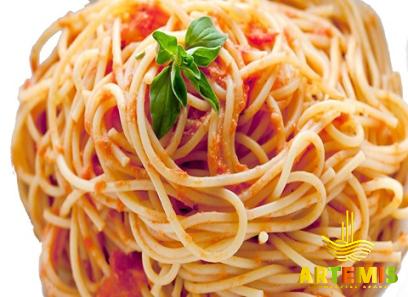

Your comment submitted.